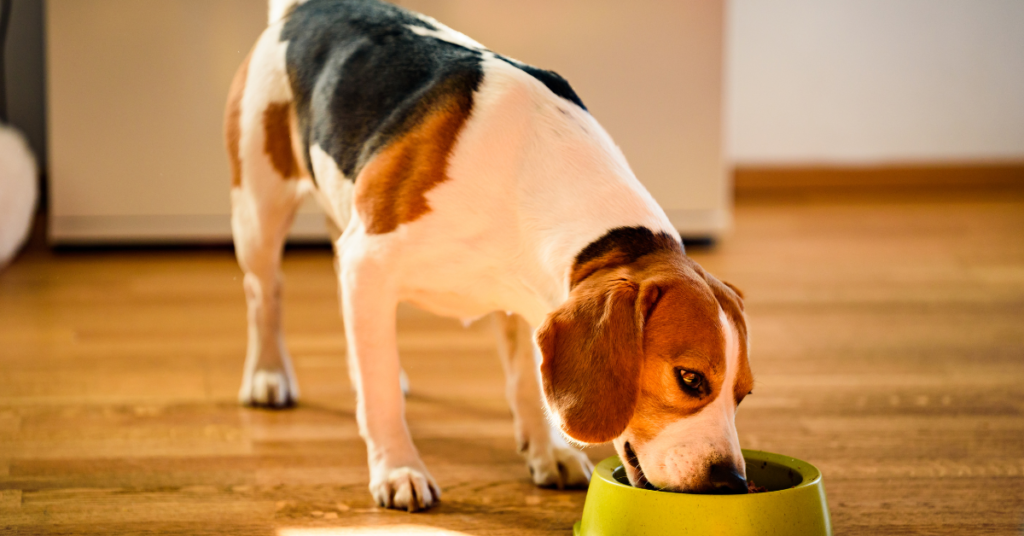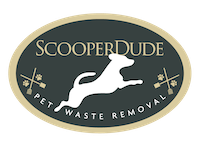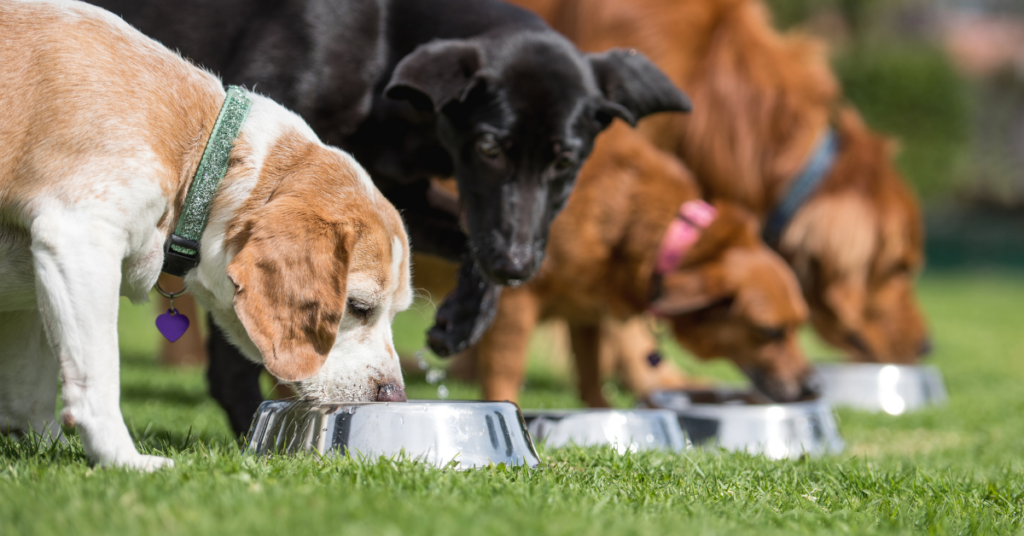This article is courtsey of Poop Patroller Dog Poop Scooping Service in Lincolnia, VA
As the trend towards healthier lifestyles continues to influence pet nutrition, the popularity of fresh and raw diets for dogs is experiencing significant growth. These diets, which are closer to what dogs’ ancestors would have consumed in the wild, offer numerous health benefits, including improved digestion, enhanced skin and coat health, and higher nutritional content. By taking these precautions, pet owners can maximize the benefits of fresh and raw diets, thereby enhancing the overall health and well-being of their beloved canine companions. The movement towards fresh and raw food is expected to not only continue but expand, providing dogs with diets that are not only enjoyable but also fundamentally beneficial.
Why Choose Fresh and Raw Dog Food?
Fresh and raw diets are designed to mimic a dog’s natural ancestral menu, providing nutrients in their most natural and absorbable form. Unlike heavily processed kibble, fresh and raw foods retain more of their natural vitamins, enzymes, and proteins, which can be beneficial for a dog’s health.

Benefits of Fresh and Raw Diets
- Enhanced Nutritional Content
Fresh and raw dog foods typically contain higher levels of fresh meats, vegetables, and fruits, offering a broader spectrum of nutrients than found in traditional dog foods. These diets are often free from artificial preservatives and fillers, which means less risk of allergenic reactions. - Improved Digestive Health
The natural enzymes in raw food can help improve your dog’s digestive functioning. Many owners report that their dogs produce smaller and less odorous stools when on a raw diet, which is a good sign of improved digestive health. - Better Skin and Coat Health
The high levels of natural oils found in raw meat help promote a shinier and healthier coat. Additionally, the absence of additives and fillers in fresh and raw food can reduce skin irritations and allergies.
Considerations When Feeding Fresh and Raw
- Safe Handling and Storage
Handling and storing raw dog food require careful attention to avoid bacterial contamination. It’s essential to follow safe storage practices, keep the food refrigerated or frozen, and thoroughly clean all feeding and preparation surfaces. - Balanced Nutrition
Ensuring that a raw diet is nutritionally balanced is crucial. This often means adding supplements or other components to the diet to meet all of your dog’s dietary needs. Consulting with a veterinarian or a pet nutritionist is recommended to create a balanced diet plan. - Transitioning to a New Diet
If you decide to switch your dog to a fresh or raw diet, it’s important to transition slowly. Gradually mix increasing amounts of the new food with the old over a period of several weeks to prevent digestive upset.
Conclusion
As more dog owners recognize the benefits of fresh and raw foods, the popularity of these diets continues to grow. While fresh and raw foods offer numerous health benefits, it is crucial to approach this change thoughtfully, ensuring safe handling and nutritional adequacy. With proper management, a fresh or raw diet could be a great way to enhance your dog’s health and wellbeing.


